Table of content
White-cut chicken, a iconic dish in Chinese cuisine, is celebrated for its simplicity, tender texture, and clean flavors. At its core, the dish relies on poaching chicken in a flavorful broth until it reaches a delicate balance of cooked through yet succulent. However, achieving this equilibrium requires precision, especially when working with half a chicken. The question of how long to cook half a white-cut chicken is pivotal to its success, as overcooking risks dryness, while undercooking leaves the meat raw and unsafe. This article delves into the nuances of cooking half a white-cut chicken, exploring factors like size, heat control, and post-cooking techniques to ensure perfection every time.
Understanding White-Cut Chicken: A Brief Overview
White-cut chicken, or bái zhǎn jī in Mandarin, originated in Guangdong province and has become a staple across China and global Chinese communities. Unlike fried or heavily seasoned dishes, white-cut chicken emphasizes the natural taste of the meat, enhanced only by ginger, scallions, and a simple dipping sauce. The name “white-cut” refers to the minimal use of seasonings and the pale, unadorned appearance of the cooked chicken.
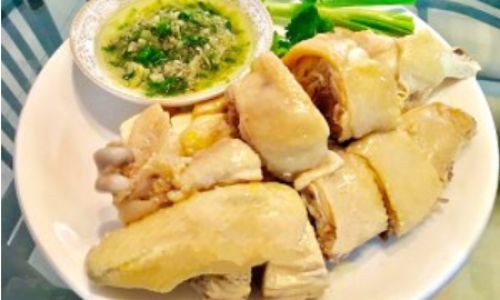
The dish’s appeal lies in its versatility—it can be served warm, chilled, or at room temperature, making it suitable for family meals, banquets, or quick weeknight dinners. However, its simplicity demands meticulous attention to cooking time and technique. A half chicken, typically a split bird from breast to thigh, presents unique challenges compared to a whole chicken, as its thinner sections (like the breast) and thicker parts (like the thigh) require balanced cooking.
Key Factors Influencing Cooking Time
Cooking half a white-cut chicken is not a one-size-fits-all process. Several variables affect the ideal cooking duration:
-
Chicken Size and Weight:
- A standard half chicken weighs between 1.5 to 2 pounds (680–900 grams). Larger halves require longer cooking, while smaller ones cook faster.
- Bone-in halves retain moisture better but may need slightly more time than boneless cuts.
-
Pot Size and Water Volume:
- A wider pot with ample water ensures even heat distribution, reducing cooking time.
- Crowding the pot slows boiling and may lead to uneven cooking.
-
Heat Intensity:
Maintaining a gentle simmer (around 185–200°F or 85–93°C) is critical. Boiling water (212°F or 100°C) toughens the meat, while too-low heat prolongs cooking unnecessarily.
-
Chicken Temperature:
Starting with refrigerated chicken adds 5–10 minutes to cooking time compared to room-temperature meat.
-
Altitude:
At high elevations, water boils at lower temperatures, requiring adjustments to cooking time.
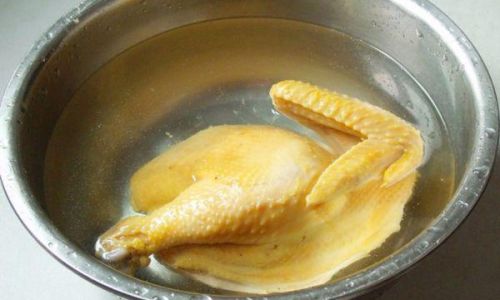
Step-by-Step Cooking Guide
Preparation: The Foundation of Flavor
-
Selecting the Chicken:
Opt for a fresh, high-quality bird. Free-range or organic chickens often have better texture and flavor. Avoid frozen chicken if possible, as thawing can lead to moisture loss. -
Cleaning and Trimming:
- Rinse the half chicken under cold water, pat dry, and remove excess fat or loose skin.
- Trussing (tying the legs together) ensures even cooking, but it’s optional for a half chicken.
-
Seasoning the Broth:
Fill a large pot with water (enough to submerge the chicken) and add aromatics: sliced ginger, scallion whites, and a pinch of salt. Avoid overseasoning, as the broth should complement, not overpower, the chicken.
Poaching: The Delicate Balance
-
Bringing the Broth to Temperature:
- Place the pot over high heat and bring the broth to a rolling boil.
- Reduce heat to maintain a gentle simmer. The surface should show small bubbles but not violent boiling.
-
Submerging the Chicken:
Gently lower the half chicken into the pot, breast-side down. This position helps the breast cook evenly, as it’s thicker and prone to drying out.
-
Timing the Cook:
- Initial Poach: Cook for 10 minutes, uncovered, to gently cook the meat.
- Resting Period: Turn off the heat, cover the pot, and let the chicken rest in the hot broth for 15–20 minutes. This residual heat continues cooking without overdoing it.
-
Testing for Doneness:
- Thermometer Method: Insert an instant-read thermometer into the thickest part of the thigh (avoiding the bone). The internal temperature should read 165°F (74°C).
- Pierce Test: Pierce the thigh with a skewer; if the juices run clear (not pink), it’s done.
Adjusting for Variables
-
Smaller Half Chicken (1.5 lbs):
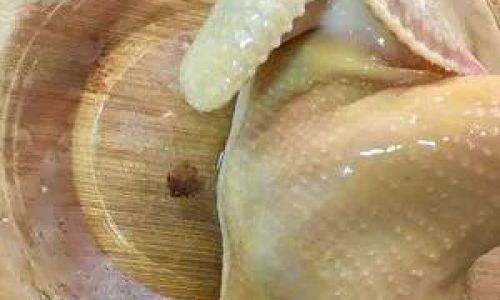
Reduce the initial poach to 8 minutes, followed by 12–15 minutes of resting.
-
Larger Half Chicken (2 lbs):
Poach for 12 minutes, then rest for 20–25 minutes.
-
Boneless Half Chicken:
Decrease cooking time by 3–5 minutes, as boneless meat cooks faster.
Post-Cooking Techniques for Perfect Texture
Ice Bath: The Secret to Crispy Skin
-
Immediately transfer the cooked chicken to an ice bath (a large bowl filled with ice and water) for 5–10 minutes. This halts cooking and tightens the skin, resulting in a crisp, glossy texture.
-
Pat the chicken dry thoroughly before serving to prevent sogginess.
Resting Before Carving
- Let the chicken air-dry at room temperature for 30 minutes if not using an ice bath. This step enhances skin texture and allows juices to redistribute.
Carving Like a Pro
- Use a sharp chef’s knife or cleaver to slice the chicken.
- Separate the breast from the thigh.
- Slice the breast meat against the grain for tenderness.
- Cut the thigh into bite-sized pieces, retaining the bone for presentation.
Common Mistakes and How to Avoid Them
-
Overcooking:
- Symptom: Dry, stringy meat.
- Solution: Strictly adhere to timing guidelines and use a thermometer. Remove the chicken from heat as soon as it reaches 165°F.
-
Undercooking:
- Symptom: Pink juices or rubbery texture.
- Solution: Increase resting time in the hot broth or return to a simmer for 2–3 minutes.
-
Uneven Cooking:
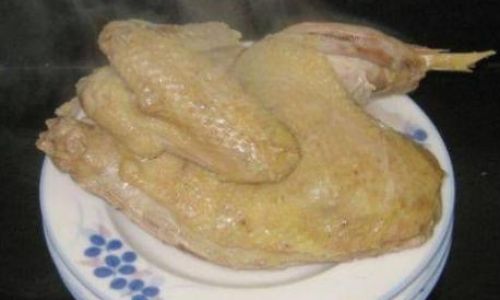
- Symptom: Overcooked breast and raw thigh.
- Solution: Position the chicken breast-side down during poaching and use a meat thermometer.
-
Mushy Skin:
- Symptom: Flabby, pale skin.
- Solution: Always use an ice bath and pat dry before serving.
Serving Suggestions and Dipping Sauces
White-cut chicken’s mild flavor pairs beautifully with vibrant dipping sauces. Classic options include:
-
Ginger-Scallion Oil:
Finely mince ginger and scallions, mix with hot peanut oil, and season with salt and white pepper.
-
Soy-Chili Sauce:
Combine light soy sauce, rice vinegar, minced garlic, and chopped fresh chilies.
-
Hoisin-Sesame Blend:
Whisk hoisin sauce, sesame oil, and a touch of honey for a sweet-savory glaze.
Serve the chicken with steamed rice, bok choy, or a simple cucumber salad for a balanced meal.
Advanced Tips for Enthusiasts
-
Aging the Chicken:
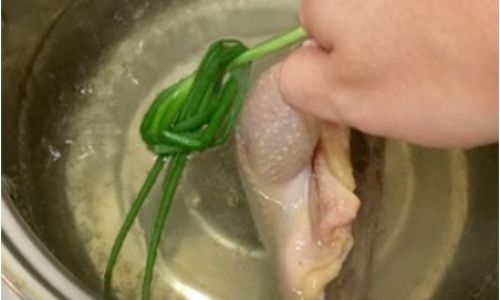
Some chefs age the chicken in the refrigerator for 24 hours (uncovered) to dry out the skin, resulting in extra crispiness after cooking.
-
Brining:
A quick 30-minute brine in salted water (1 tablespoon salt per cup of water) adds seasoning and moisture.
-
Smoking:
For a twist, finish the chicken with a few minutes in a smoker or under a broiler for charred flavor.
Troubleshooting Guide
| Issue | Cause | Solution |
|---|---|---|
| Dry breast meat | Overcooking or high heat | Reduce cooking time; use lower heat |
| Rubbery skin | Skipping ice bath or overcooking | Immediately chill after poaching |
| Pink near bones | Myoglobin (natural protein) | Ensure thigh reaches 165°F; rest longer |
| Bland flavor | Insufficient seasoning | Enhance broth with more ginger/scallions |
Cultural Significance and Regional Variations
White-cut chicken holds a revered place in Chinese culinary traditions, often served during festivals, weddings, and family reunions. Its minimalist preparation symbolizes purity and respect for the ingredient’s natural essence.
- Guangdong Style: Emphasizes the chicken’s original flavor, served with a light soy-ginger sauce.
- Shanghai Variation: Sometimes includes Shaoxing wine in the broth for added depth.
- Sichuan Twist: Adds Sichuan peppercorns and chili oil to the dipping sauce.
Conclusion: The Pursuit of Perfection
Cooking half a white-cut chicken is a dance of precision and patience. While the ideal cooking time hovers around 25–35 minutes (including resting), the key lies in understanding your ingredients, equipment, and personal preferences. Whether you’re a novice cook or a seasoned chef, mastering this dish rewards you with a plate of tender, aromatic chicken that celebrates simplicity at its finest.
Remember, practice makes perfect. Experiment with timings, adjust aromatics, and soon you’ll achieve a result that’s both culinary art and comfort food. As the saying goes, “The best chef is the one who cooks with love—and a reliable thermometer.”
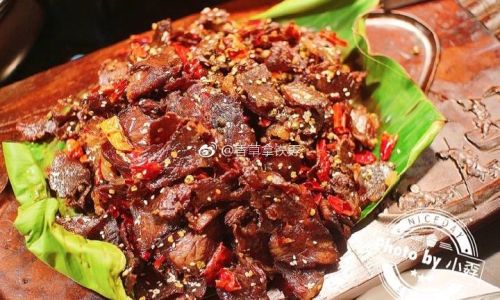
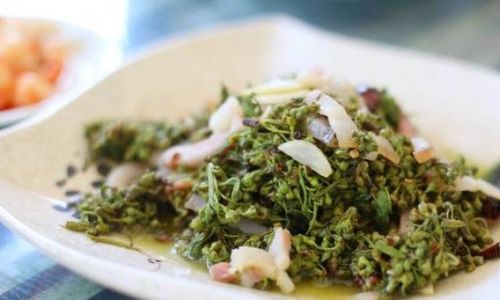
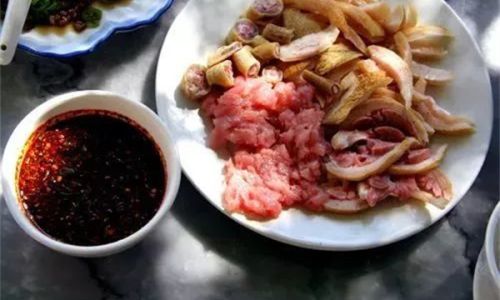
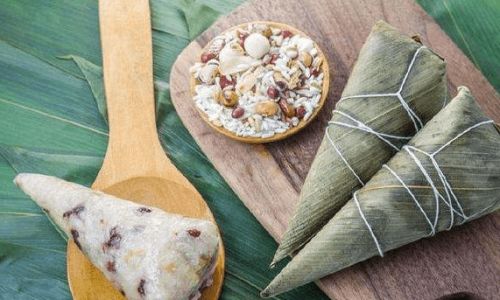
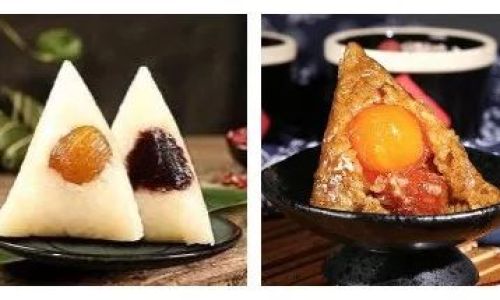
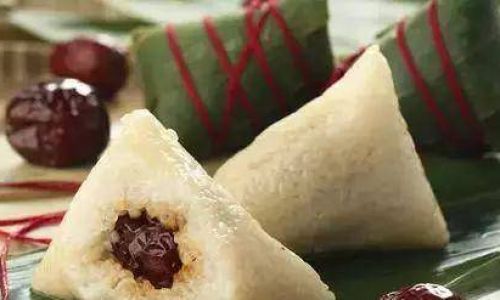
0 comments